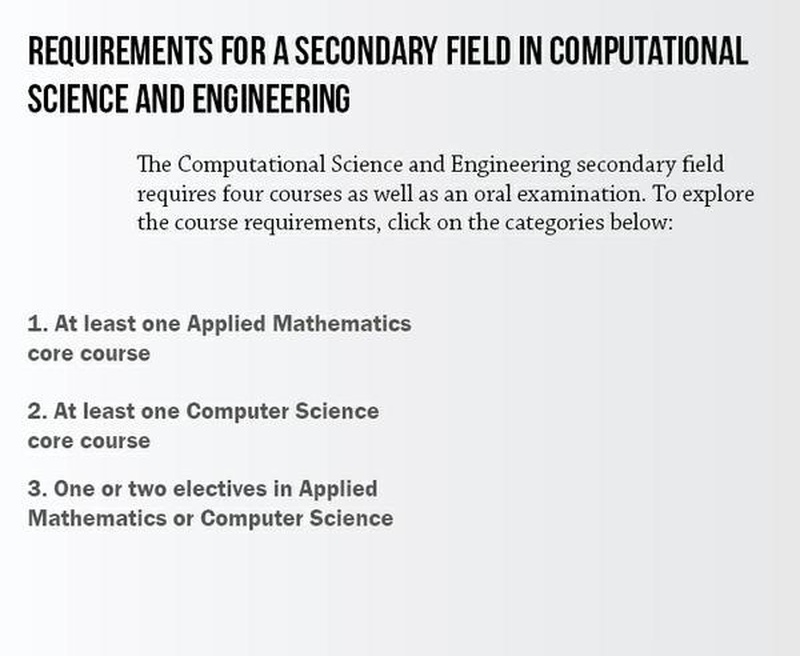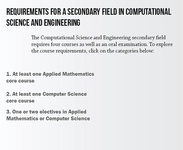Harvard’s School of Engineering and Applied Sciences will offer a new Computational Science and Engineering secondary field for graduate students this fall in response to student demand and a growing interest in computational methods across a wide range of disciplines.
The secondary field will involve a broad set of requirements anchored in applied mathematics and computer science. Together, the techniques from these fields should equip students with the modeling and simulation techniques necessary to solve complex scientific problems.
“The role of the secondary field is to provide a richer set of options for graduate students at Harvard,” said Rosalind Reid, executive director of the Institute of Applied Computational Science. “We do think that there are students who would like to come to Harvard but have found in the past that we don’t have a strong computational science program.”
A faculty committee, convened to design the secondary field, observed other popular computational science programs, according to Computer Science Professor and committee member Hanspeter Pfister.
The committee also turned its sights toward the workplace. An advisory group composed of representatives from industry and national labs was brought in last November to elaborate on the skills demanded by the current work environment.
Multimedia
SEAS is not the first school with a computational science program, and a secondary field may attract more graduate students to the school.
“We observed what happens in other places, such as Stanford or Princeton,” Pfister said. “It’s certainly become one of the attractive programs that gets more graduate students admitted.”
The secondary field is one that SEAS professors hope will enhance ties between SEAS and other disciplines, such as medicine, politics, and management.
“This program that we are going to offer puts SEAS in a central position,” said Katia Bertoldi, assistant professor of applied mechanics and a member of the faculty committee that designed the secondary field.
Pfister said he thinks the potential for this kind of broad reach is what makes the secondary field important.
“We are focused on trying to make other parts of Harvard more successful,” he said.
Accommodating the new secondary field has prompted growth at the school. The Cruft Lab is undergoing some internal construction this summer, Reid said, and SEAS is currently working to recruit new faculty.
She added that the faculty committee hopes the secondary field will be a stepping stone for the creation of a master’s degree program in computation science, and Pfister said that an undergraduate concentration might also be a future possibility.
In fact, many new courses to be introduced for the secondary—as well as special January activities and extra seminars—will be open to undergraduates, according to Reid.
—Staff writer Radhika Jain can be reached at radhikajain@college.harvard.edu
Read more in News
Allston Remains at Odds with Harvard Over DevelopmentRecommended Articles
-
Legislation: Establishment of Secondary FieldsOn behalf of the Educational Policy Committee, Professor E. Spelke moved, and the Faculty of Arts and Sciences approved by
-
Secondary Field Proposals Flood InIn an attempt to approve as many secondary field proposals as possible in time for spring shopping period, administrators recently
-
Ec. Dept Approves Minors ProposalThe Economics Department, already home to the largest number of undergraduate concentrators, voted unanimously at a meeting Tuesday to open
-
Secondary Fields Befuddle StudentsAs of last Thursday, Harvard seniors could add a minor to their transcript with just a few clicks and a
-
Let’s Fix LotteriesOne of the last things a student wants to hear in an overcrowded lecture hall is the word “lottery.” Course















